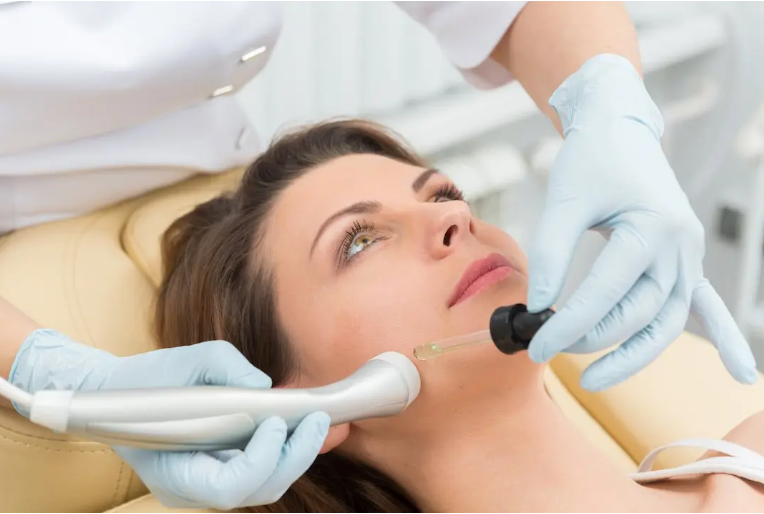Skin resurfacing treatments have become increasingly popular as people seek to achieve smoother, more youthful-looking skin. Whether you're dealing with fine lines, wrinkles, acne scars, or sun damage, there are various resurfacing options available to help you achieve your skincare goals. In this article, we'll explore different skin resurfacing treatments and how they can rejuvenate your skin, leaving you with a refreshed and radiant complexion.
Understanding Skin Resurfacing
Skin resurfacing refers to a range of cosmetic procedures designed to improve the appearance and texture of the skin by removing damaged outer layers and stimulating collagen production. These treatments target specific skin concerns, such as wrinkles, scars, pigmentation, and uneven texture, to reveal smoother, healthier-looking skin.
Types of Skin Resurfacing Treatments
1. Chemical Peels
Chemical peels involve the application of a chemical solution to the skin, which causes exfoliation and the eventual shedding of dead skin cells. This process reveals new, smoother skin underneath and can improve the appearance of wrinkles, acne scars, and uneven pigmentation.
2. Microdermabrasion
Microdermabrasion uses a handheld device to gently exfoliate the skin, removing dead cells and promoting cell turnover. This treatment is effective for addressing minor skin concerns and can help improve the overall texture and tone of the skin.
3. Laser Resurfacing
Laser resurfacing utilizes laser energy to precisely target and remove damaged skin cells. This treatment stimulates collagen production and can address a wide range of skin concerns, including wrinkles, sun damage, and acne scars, with minimal downtime.
4. Fractional Resurfacing
Fractional resurfacing delivers laser energy in a fractional pattern, targeting only a fraction of the skin's surface while leaving surrounding tissue intact. This approach promotes faster healing and collagen production, resulting in smoother, more rejuvenated skin.
Benefits of Skin Resurfacing Treatments
Skin resurfacing treatments offer several benefits for individuals seeking to improve the appearance of their skin:
- Improved Texture: Resurfacing treatments smooth out rough or uneven skin texture, leaving behind a softer, more refined complexion.
- Reduced Wrinkles: By stimulating collagen production, resurfacing treatments can minimize the appearance of fine lines and wrinkles, resulting in a more youthful appearance.
- Even Skin Tone: Treatments such as chemical peels and laser resurfacing can help fade hyperpigmentation and dark spots, resulting in a more even skin tone.
- Enhanced Radiance: Resurfacing treatments remove dull, dead skin cells, revealing fresh, glowing skin underneath for a more radiant complexion.
Choosing the Right Resurfacing Treatment for You
When selecting a skin resurfacing treatment, it's essential to consider factors such as your skin type, specific concerns, and desired outcomes. Consulting with a qualified dermatologist or skincare professional can help determine the most suitable treatment option for your individual needs.
Conclusion
Smooth, rejuvenated skin is within reach with the variety of skin resurfacing treatments available today. Whether you opt for a chemical peel, microdermabrasion, laser resurfacing, or fractional resurfacing, these treatments can help you achieve a refreshed and youthful complexion. Consult with a skincare professional to explore your options and embark on your journey to smoother, more radiant skin.
